Secret Spies, Sunken Ships: 9 Pearl Harbor Mysteries Explained
Pearl Harbor science
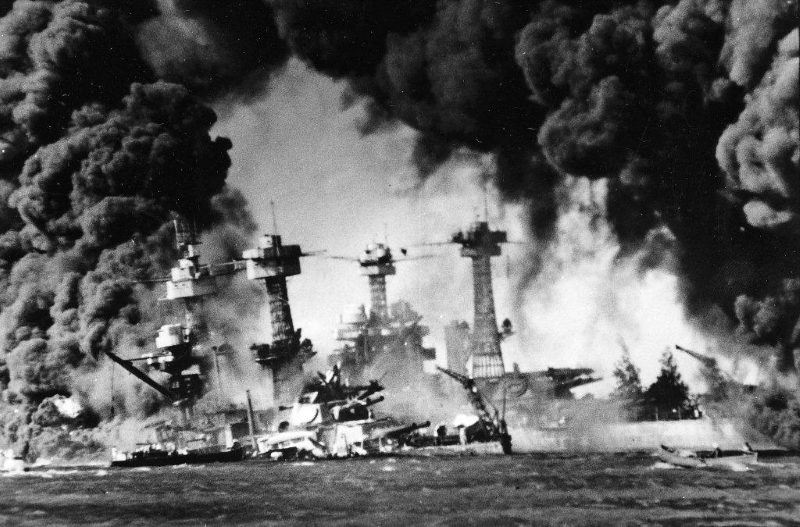
Although 75 years have passed since the Japanese attack on Pearl Harbor, many details of the event remain shrouded in mystery and debate. Even so, historical researchers and scientists have been able to shed light on at least some of the many lingering questions. Here are nine stories of secrets and science from the "date which will live in infamy."
Purple/Magic
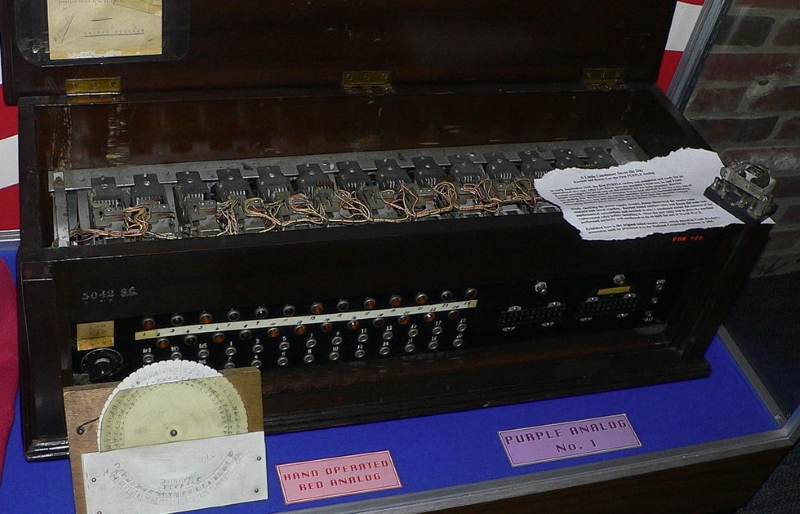
A long-standing conspiracy theory suggests that U.S. President Franklin Roosevelt or his military advisors knew in advance of a Japanese attack on Pearl Harbor but neglected to act on the warnings, for political purposes, hoping to force the U.S. to join World War II.
The accusations were first made public by FDR's political opponents during his campaign for re-election in 1944, but all of the 10 official inquiries into the events of the attack on Pearl Harbor have dismissed these ideas. The latest such inquiry took place in 1995.
Much attention has focused on a U.S. espionage effort, code-named Purple, which aimed to decipher Japanese radio communications picked up by U.S. listening stations around the Pacific Ocean. The deciphered messages produced by the Purple decipherment machine (pictured above) were code-named Magic.
But making sense of the Magic messages involved a complex and slow process; they were protected by two layers of codes and ciphers that changed each day, and most of these messages also needed to be translated from Japanese.
Although the Purple program was able to read some Japanese diplomatic communications before 1941, researchers have shown that the codes and ciphers used by the Japanese military were not broken until much later in the war. Japan's military was distrustful of the country's Foreign Office, and shared no details of the impending secret attack on Pearl Harbor with their ambassadors in the U.S.
One key Magic communication did relate to the attack: the famous "14-part message" between the Japanese foreign office in Tokyo and the Japanese embassy in Washington, D.C., which was intercepted on Dec. 6, 1941.
The message indicated that Japan would formally break off peace negotiations with the U.S. at 1 p.m. in Washington, D.C., the next day. This corresponded to dawn in Hawaii on the day of the Japanese attack.
Several U.S. officials read the message, and interpreted it as a strong sign that a Japanese attack was imminent.
But the message did not say anything more, and at the time, the U.S. was expecting Japan to invade Thailand and the British colony of Malaya — which the Japanese did do on Dec. 8, the day after the Pearl Harbor attack.
Spies in Hawaii
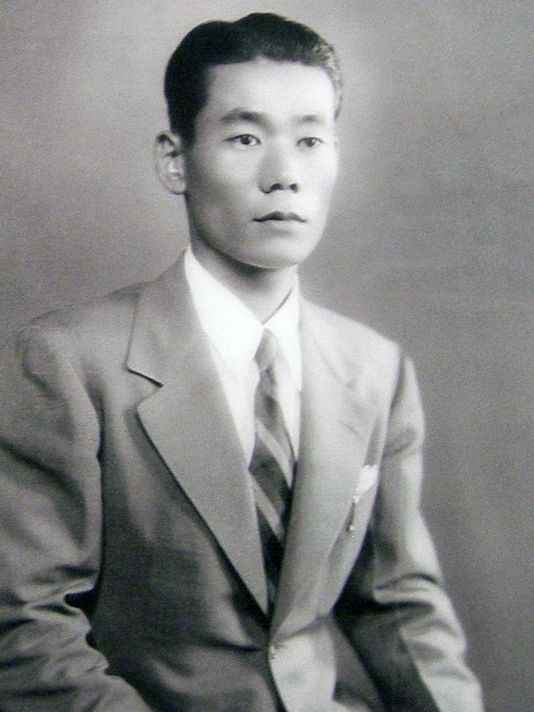
Several foreign spies are known to have operated in Hawaii on behalf of the Japanese military before the Pearl Harbor attack.
Among them was Otto Kuhn, a "sleeper agent" for Germany's Abwehr military intelligence service, who had lived for many years in Hawaii with his family before the war. Kuhn was related to the Nazi propaganda minister Joseph Goebbels, who arranged for Kuhn's posting to Hawaii in 1935 to spy for the Japanese.
Kuhn trained his teenage son and daughter to listen for military secrets, while his wife was responsible for compiling the information the family gathered. Although the Kuhns diligently produced many espionage reports for many years, the family of spies failed to impress their Japanese controllers. Historical researchers have said the Kuhns gathered little information of real value. All four members of the family were arrested in February 1942, a few weeks after the attack on Pearl Harbor. Kuhn, his wife and his daughter were imprisoned for spying, and returned to Germany after the war.
Japan, however, had its own master spy in Hawaii: a young intelligence officer in the Imperial Japanese Navy named Takeo Yoshikawa, who worked undercover at the Japanese consulate in Honolulu as a junior diplomat named Tadashi Morimura.
Yoshikawa was posted to Honolulu in March 1941, and lost no time making a thorough inventory of U.S. naval activity by touring the island via car and boat, taking photographs from hills overlooking the harbor, and chatting with taxi drivers. He even rented a small plane for aerial reconnaissance and went diving near the warships in the harbor while breathing through a hollow reed.
U.S. counterspies intercepted and deciphered some of the many messages Yoshikawa transmitted to Japan, but none of these messages gave any direct warning of an attack on Pearl Harbor — until his final message. This transmission, sent on Dec. 6, described the positions of the U.S. warships in the harbor. Unfortunately, U.S. experts did not decipher that message until after Japanese attack had begun.
Secret Fleet
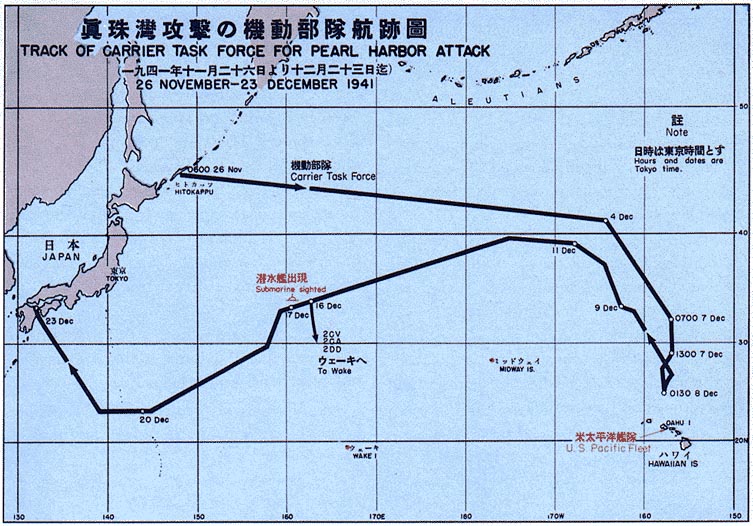
Many historical researchers highlight two major factors in the success of the Pearl Harbor attack: the effectiveness of Japanese torpedoes and the strict secrecy surrounding the movements of the Japanese warships making the attack.
Japan went to a great deal of trouble to disguise the movements of its strike force (Kido Butai) of six aircraft carriers, 414 aircraft, and more than 40 other warships and submarines. This force left northern Japan under strict radio silence in late November 1941.
Many of the radio operators from the ships were left behind at their bases in Japan, where they continued to send transmissions as if still on board their vessels. This was an effort to fool the U.S. military, which was known to be listening in on Japanese radio communications.
At first, the Japanese fleet sailed almost due east, far north of the regular shipping lanes. The force had orders to destroy any commercial ships it encountered that might betray the fleet's position, but reportedly only a single Japanese ship was sighted.
On the Dec. 4, 1941, the strike force turned southeast toward Hawaii, and finally approached the islands from the north — where the Japanese spy Takeo Yoshikawa had reported few U.S. air patrols were carried out, because the seas there were thought to be too rough for an attack.
Thunder Fish
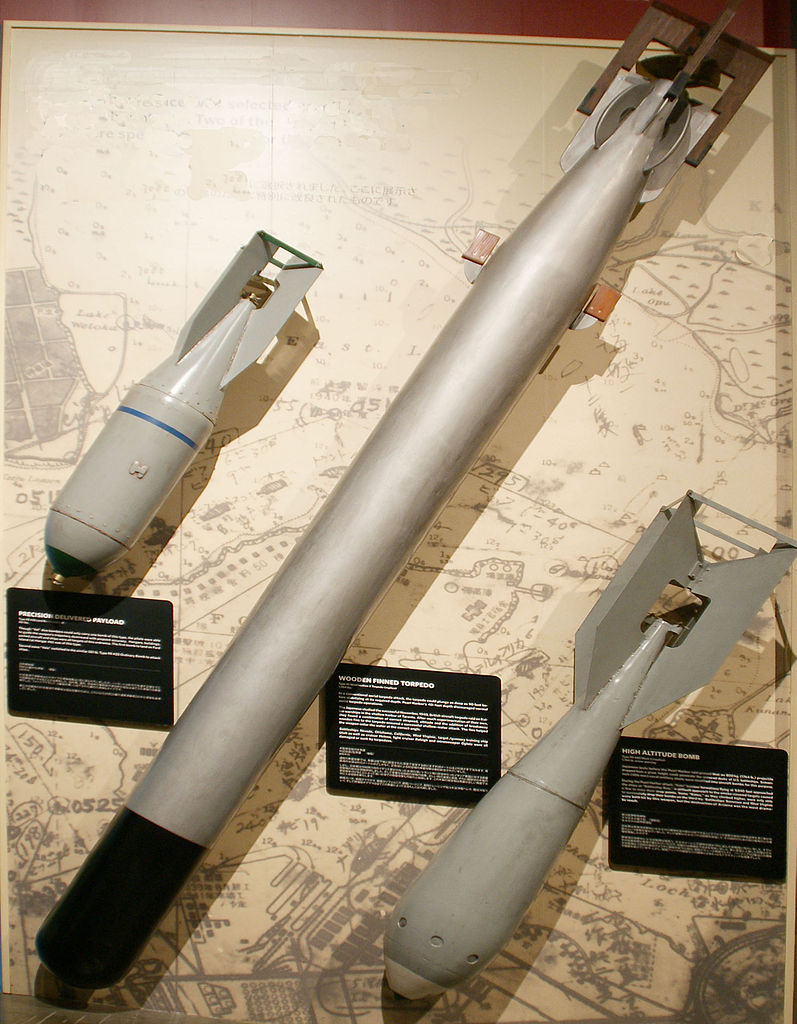
The Japanese spy Takeo Yoshikawa also reported that the water in Pearl Harbor was not deep enough to use torpedoes. The U.S. Navy apparently thought the same, and later U.S. inquiries into the attack found that this was one of the reasons that no anti-torpedo nets were installed to protect the largest warships on Pearl Harbor's Battleship Row.
The Japanese answer to the shallow waters was to devise a new type of aerial torpedo (shown here in the center) that could be dropped from an aircraft into shallow water without burying itself in the mud of the harbor floor.
Two wooden fins were added to the torpedo to keep it stable after it dropped from the aircraft. The fins broke off when the torpedo entered the water, where a sophisticated control mechanism prevented the weapon from rolling out of control as it sped toward its target, a few feet below the surface.
The Japanese aerial torpedoes, nicknamed "thunder fish in the sky" ("koku gyorai"), devastated warships in the harbor, sinking more vessels than any other weapon used by the attacking aircraft, which included regular aerial bombs and armor-piercing anti-ship bombs.
At least 13 of the 40 torpedoes launched in the first wave of the Japanese aircraft attacks hit the U.S. battleships, which were then considered the most important warships in the American fleet.
"Missing" Carriers
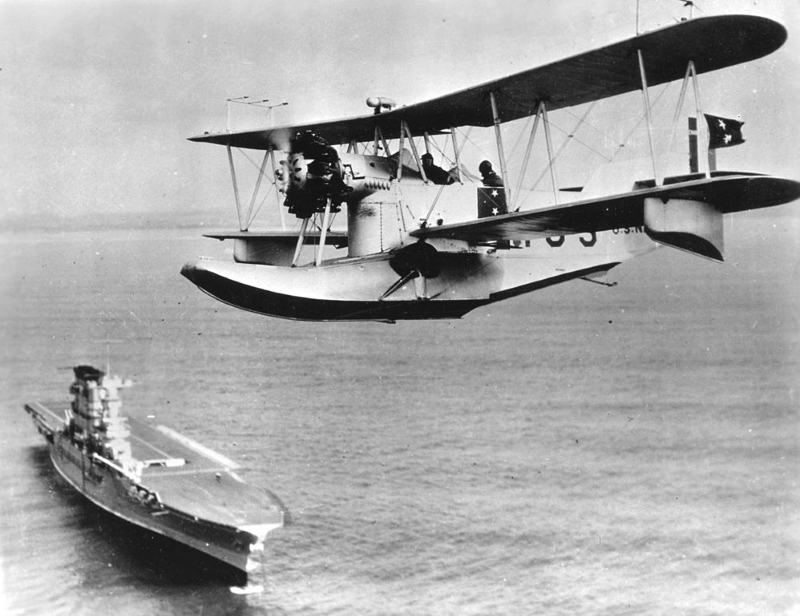
That all three U.S. aircraft carriers based at Pearl Harbor were away at sea on the day of the Japanese attack has fueled rumors that senior U.S. officials knew in advance about the attack, and that they had dispatched the carriers on a distant mission to protect them from harm.
The fortunate survival of the carriers USS Lexington (shown here), USS Saratoga and USS Enterprise was an important boost to U.S. morale in the days after the Pearl Harbor attack. But historical researchers point out that the U.S. Navy did not consider aircraft carriers important until after the Pearl Harbor attack had shown the effectiveness of air attacks on warships.
Although aircraft carriers would later dominate the war in the Pacific, in December 1941, the U.S. Navy thought its battleships would be the most important warships in any war to come, as the ships had been since the First World War.
The Japanese also considered the American battleships to be their main target. And thanks to the country's spy in Hawaii, Takeo Yoshikawa, Japan already knew that the U.S. carriers were not in harbor on the day before the attack, but that eight U.S. battleships were.
Naming the Dead
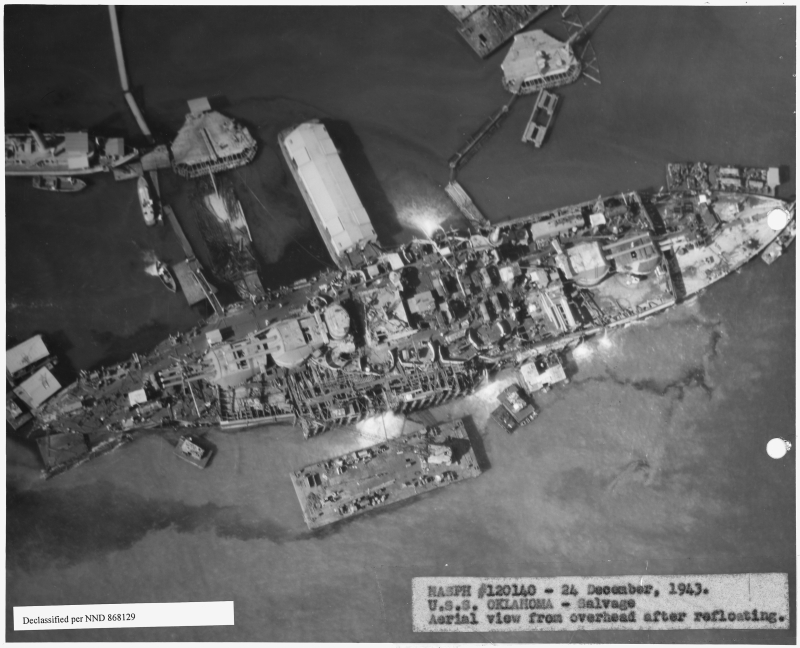
After 75 years, efforts continue to identify the remains of many of the victims of the Japanese attack on Pearl Harbor, where more than 2,400 Americans died.
Researchers for the Department of the Defense based at Pearl Harbor are trying to establish the identity of hundreds of sailors and marines from the wreck of the battleship USS Oklahoma, using DNA analysis and dental records.
The Oklahoma capsized on Pearl Harbor's Battleship Row with more than 400 crew on board on the day of the attack, after Japanese torpedoes hit the ship.
Most of the badly damaged human remains from the Oklahoma were initially buried in mixed caskets at the National Memorial Cemetery of the Pacific in Honolulu, but the researchers have said they hope to eventually identify each individual.
So far, the Defense POW/MIA Accounting Agency has identified 392 distinct sets of DNA in the remains from the Oklahoma, and has positively identified the remains of more than 60 servicemen.
Mystery Catalina
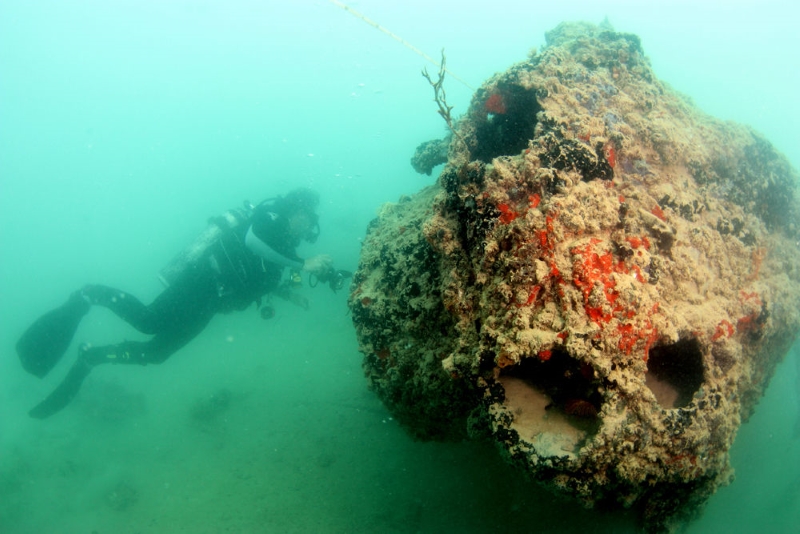
Alongside the major wartime shipwrecks in Pearl Harbor, including those of the battleships USS Arizona and USS Utah, many smaller military wrecks still hold secrets.
Among them is the wreck of a Catalina PBY flying boat in Kane'ohe Bay, on the northeast side of the main island of Hawaii, which underwater archaeologists investigated in 2015.
Investigators have tried to identify the wrecked seaplane for many years, but so far its identity and that of its crew remain unknown.
The researchers said it may have been destroyed soon after it took off during the Japanese attack.
Submarine Wrecks
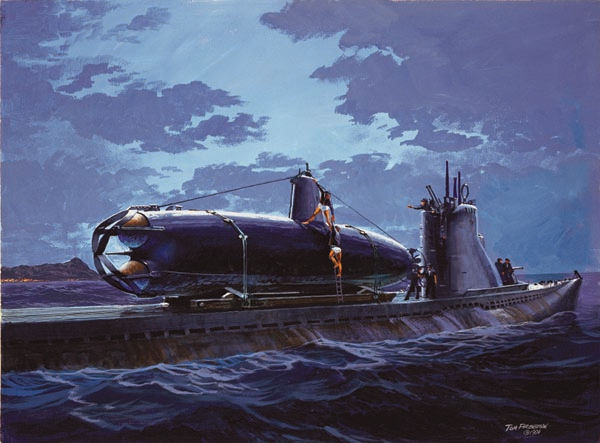
A remotely operated underwater vehicle (ROV) has explored the wrecks of two Japanese submarines that took part in the attack on Pearl Harbor, to mark the 75th anniversary of the events.
Researchers from the National Oceanic and Atmospheric Administration (NOAA) live-streamed video from the ROV as it explored the wrecks.
The subs were among five Japanese submarines sent to infiltrate Pearl Harbor before the first air attacks. Each was armed with two torpedoes, but all failed in their mission.
One of the Japanese subs explored by the ROV was sunk by the USS Ward near the entrance of the harbor. Divers re-discovered the wreck in 2002.
The wreck of the second sub was found in 1951, before it was raised by the U.S. Navy and dumped in deeper waters.
Leaking Oil
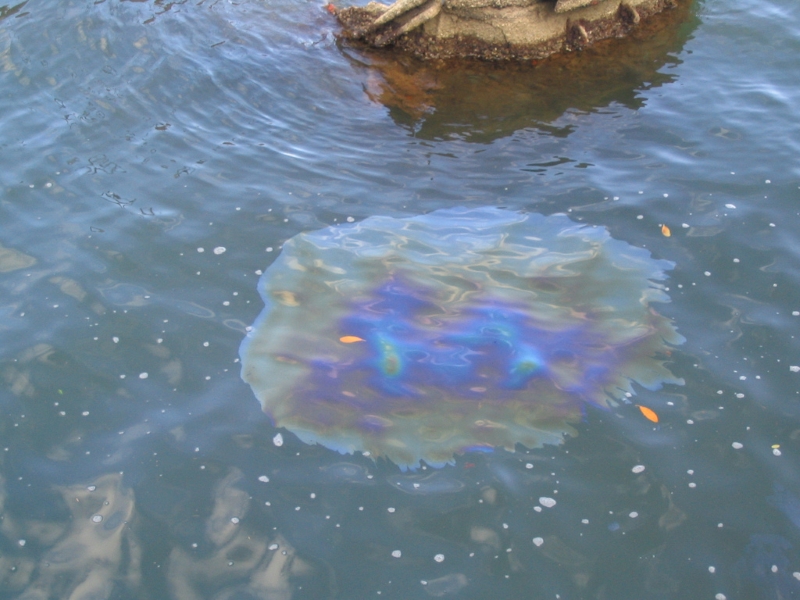
The damage to U.S. warships by the Japanese raid has left a lasting impact on the marine environment of Pearl Harbor.
Oil continues to leak from the USS Arizona, which had taken on nearly 1.5 million gallons (5.7 million liters) of fuel on the day before the attack, in preparation for its return to the U.S. mainland that month.
Today, the wreck of the USS Arizona spills more than 2 gallons (8 L) of fuel oil a day, and some scientists have warned of a potential environmental disaster if the estimated half a million gallons of fuel remaining in the wreck escapes.
The National Park Service, which administers the wreck of the USS Arizona as a national monument, monitors the fuel spilling from the ship, but so far no major efforts have been made to contain the leakage.
But the fuel leaking from the ship may not be the greatest environmental threat to the waters of Pearl Harbor. According to the Environmental Protection Agency, more than 5 million gallons (19 million L) of spilled fuel have collected in an underground plume beneath a fuel storage area near the main gate of the Pearl Harbor military base.
The U.S. Navy said some of the spilled fuel in the plume dates back to activities at the base during World War II – the rest comes from fuel spills and leaks that have occurred at the base in years since then. Although the Navy said there is no danger of the heavy fuel seeping into the water, scientists have warned of a major environmental disaster if such seepage ever occurs.
Sign up for the Live Science daily newsletter now
Get the world’s most fascinating discoveries delivered straight to your inbox.
Tom Metcalfe is a freelance journalist and regular Live Science contributor who is based in London in the United Kingdom. Tom writes mainly about science, space, archaeology, the Earth and the oceans. He has also written for the BBC, NBC News, National Geographic, Scientific American, Air & Space, and many others.










